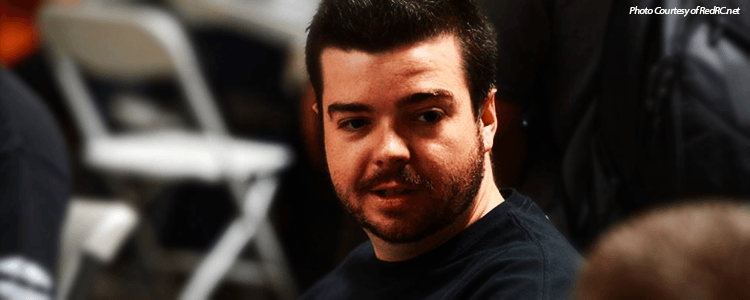
(Photo courtesy of RedRC.net)
When the TLR 22-4 was first released, many questioned its capabilities due to it’s unique design, belt drive system, and similarities of the XX-4 buggy from years ago. Once the buggy hit the track, it was clear (despite what skeptics believed) the buggy was a proven race winning machine. Since it’s release the 22-4 platform has won countless races on local, regional, and national levels.
While the buggy was in fact winning races, the TLR engineers gathered valuable feedback from team drivers and consumers as to what would make the car even better. After spending the past 2+ years gathering this feedback, testing, tweaking, and designing…the new 22-4 2.0 has arrived. We sit down with one of the project’s leaders, Frank Root, for an in-depth interview discussing the new buggy from front to back, left to right, and top to bottom!
InsideLineRC: Frank Root – the man behind the TLR 22-4 2.0, thank you for sitting down for chat! We know that you are a busy guy, however, with the release of the new car we have a lot to ask you. First and foremost, tell us your primary roles and who you worked with to develop the next gen 22-4?
Frank: I was the lead product developer for the 22-4 2.0, and worked with Mike Mellin (lead engineer), Todd Hodge (category manager for TLR), Kevin Gahan (team manager), and the core of the TLR race team.
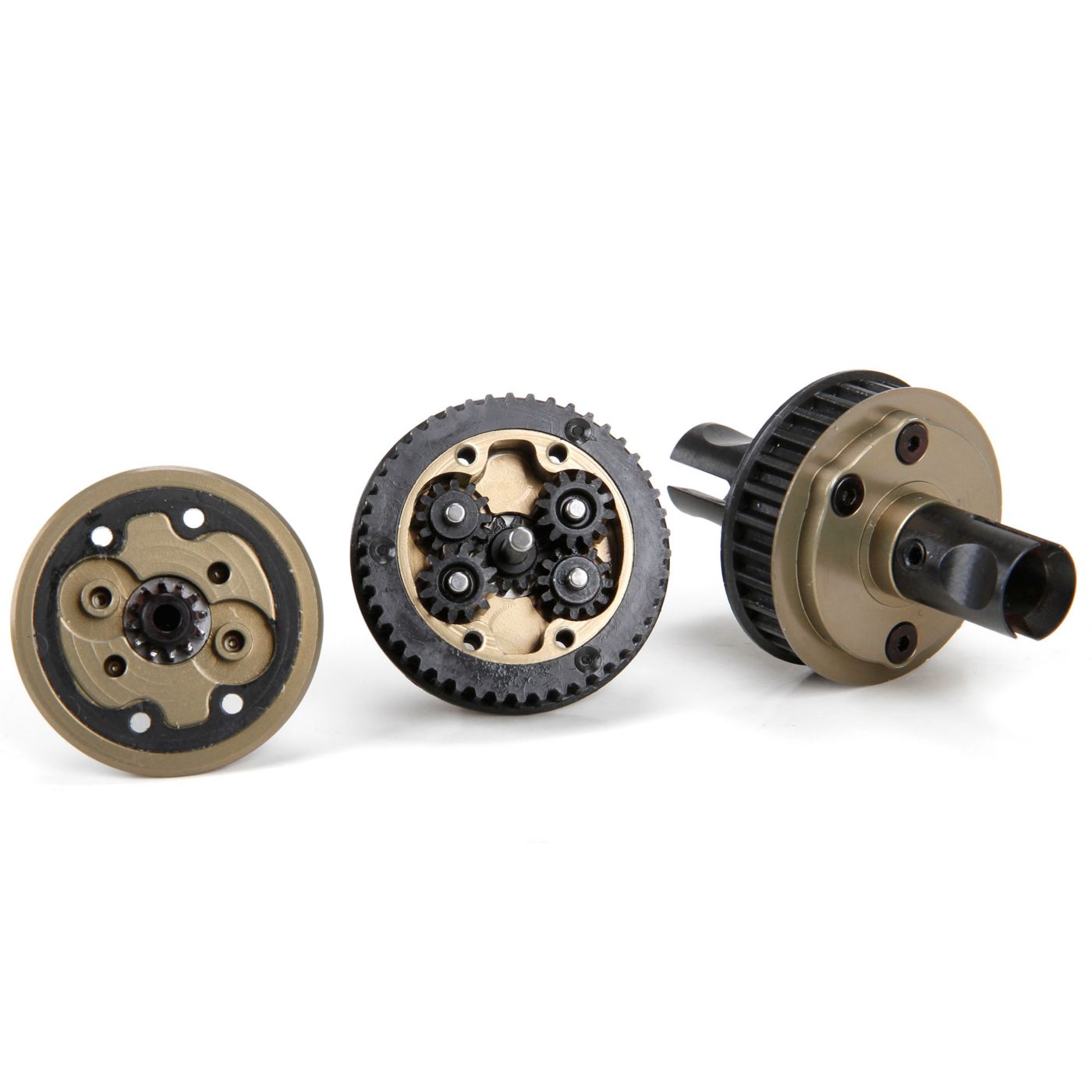
InsideLineRC: The 22-4 2.0 features an impressive list of new parts, designs, etc. One of the most talked about is the new gear diffs. These diffs are unlike any other diff we’ve seen on the market. How & why were these diffs developed, and how long did it take to create such an elaborate diff in such a compact design?
Frank: This was really the centerpiece of the design work and the project as a whole. It took time to get the diff designed, as narrow and as durable as possible. Then a few rounds of prototypes with hand modified belt tunnels and specialty bearings to test the concept and durability. Once we were sure the diff would live and perform, we re-designed the belt tunnels and other parts as needed to fit them to the chassis.
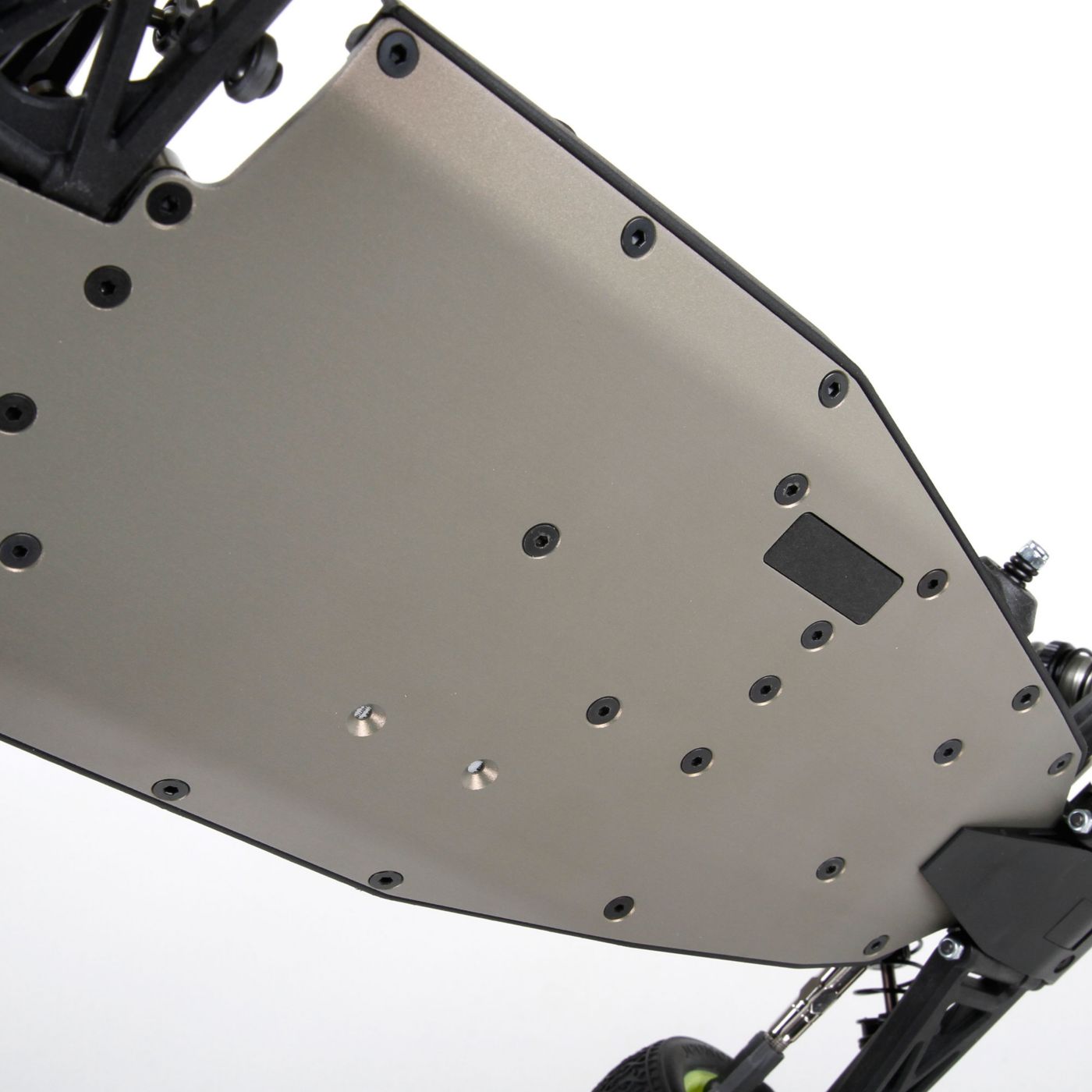
InsideLineRC: Following the release of the original 22-4, TLR released a shorty conversion chassis to accompany a shorty battery. The short conversion chassis also included a large cut-out in the bottom of it for the motor. The 22-4 2.0 returns to a solid bottom chassis, why is that?
Frank: We really do value consumer feedback, and since release of the shorty chassis, we have seen more negative feedback about the motor cut out than we’ve seen positive. It is generally to do with trying to keep dirt/debris/moisture out of the chassis compartment.
InsideLineRC: The new chassis is ready to accept a variety of battery configurations including a shorty pack or saddle packs. Primarily we see most TLR drivers using the shorty pack configuration. Where and what type of track would a saddle pack configuration be recommended over a shorty pack?
Frank: For the TLR race team, they’ve really preferred the shorty pack on every surface, and haven’t raced the saddle packs in a while. I see the occasional comments from consumers who prefer this setup, and we were able to keep it incorporated without causing any other issues or sacrifices, so we did.
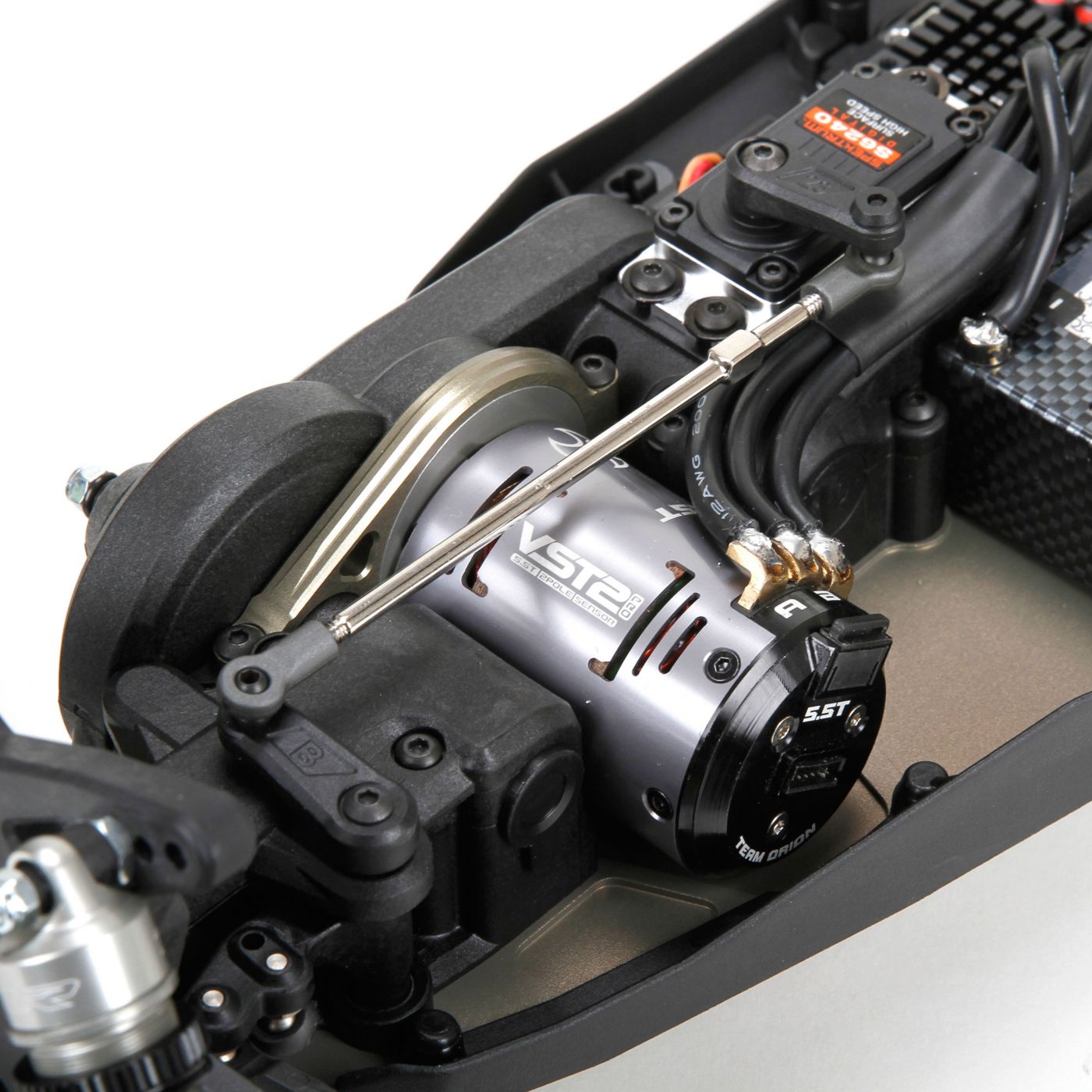
InsideLineRC: Another highly praised feature is the split belt covers. I think it is safe to say the original 22-4 could be a bit frustrating from time to time when trying to maintenance a single belt without dis-assembly the entire belt drive system. How simple does the new split covers make belt and driveline maintenance?
Frank: The side and rear belts are no longer inter locked, which makes it easier to get the rear diff out or to change the spur or front belt. We looked into un-locking the side and front covers, but it just is not possible without causing too much chassis flex. Ultimately, we’ve greatly reduced the amount of maintenance needed within the tunnels by the addition of gear diffs, and revised front belt tension which has improved front belt life by quite a bit.
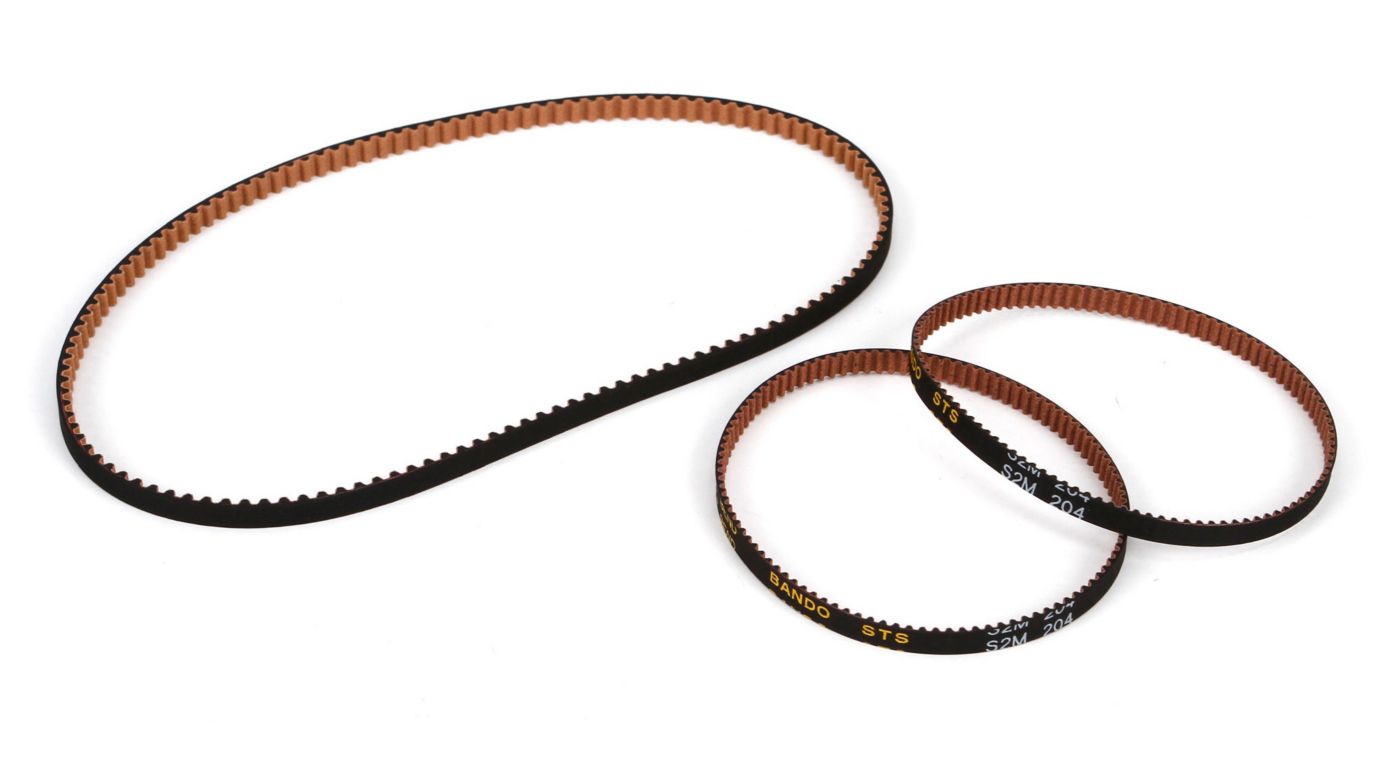
InsideLineRC: Currently the TLR 22-4 2.0 is one of only a few offroad buggies that feature a belt drive system, as opposed to a shaft drive system. Why did you choose a belt drive system, and what are its advantages over a shaft driven car?
Frank: We feel a belt drive car is smoother, and easier to drive. It also doesn’t have any of the ‘rotational torque’ from the motor being parallel to the chassis. The performance of the original 22-4 was outstanding, especially on dirt/clay tracks, winning numerous races in the hands of Maifield, Phend and Evans. I think the results speak highly of the performance capabilities of a belt drive car.
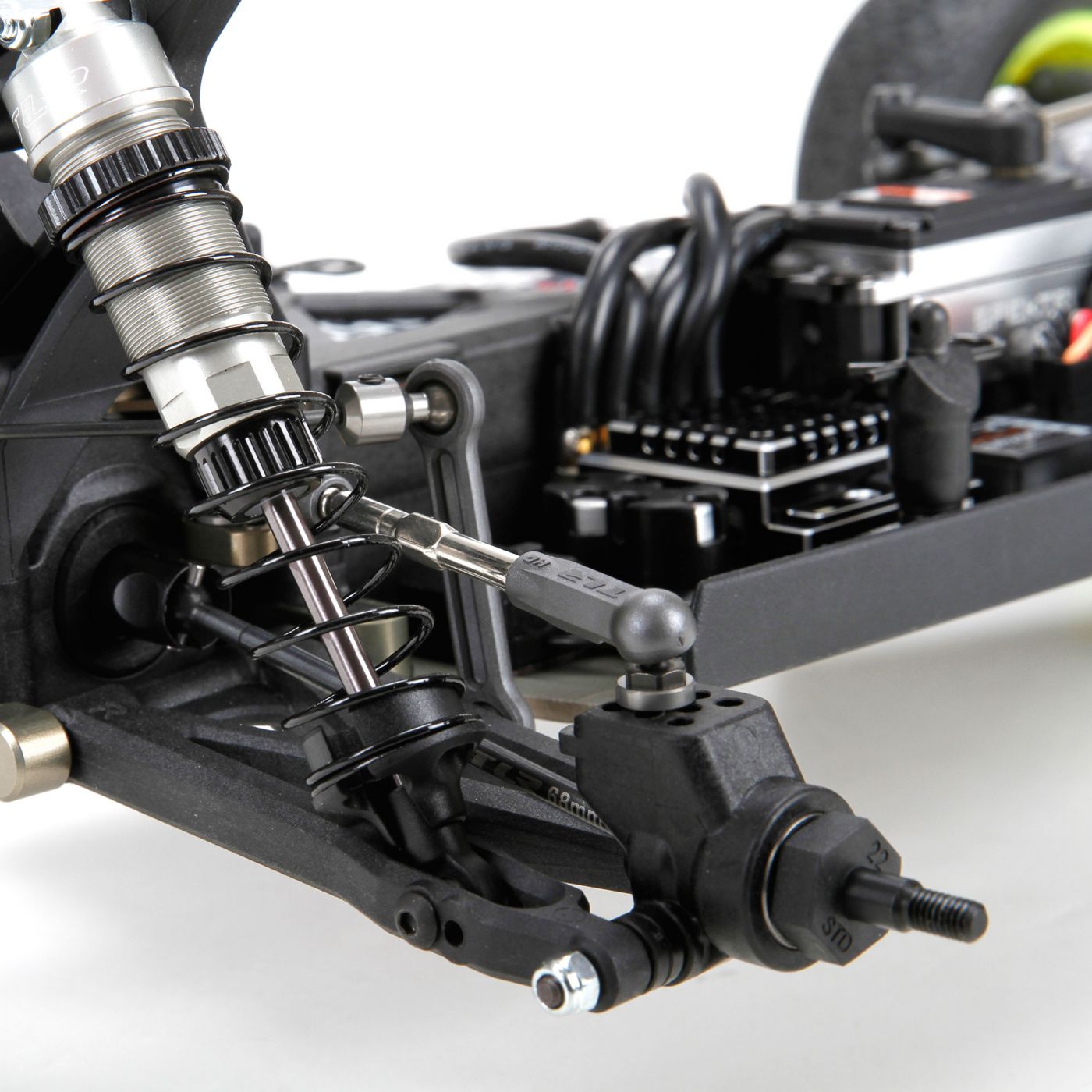
InsideLineRC: Several parts of the successful 22 3.0 2wd buggy has been carried over into the new 22-4 2.0, such as rear hubs and CVA’s. What is the difference between the 22 3.0 hubs and CVA’s compared to the original 22-4 hubs and driveshafts, and how do they enhance the handling of the car?
Frank: The 22-4 used a hub with very little ‘hub offset’, which puts the center of the rear wheel closed to the outer hinge pin. Once we tested the 22 style hub with the increase offset, it was clear the additional offset helped to keep the rear end flat and as a result more stable. The driveshaft is just needed to keep the plunge into the outdrive correct.
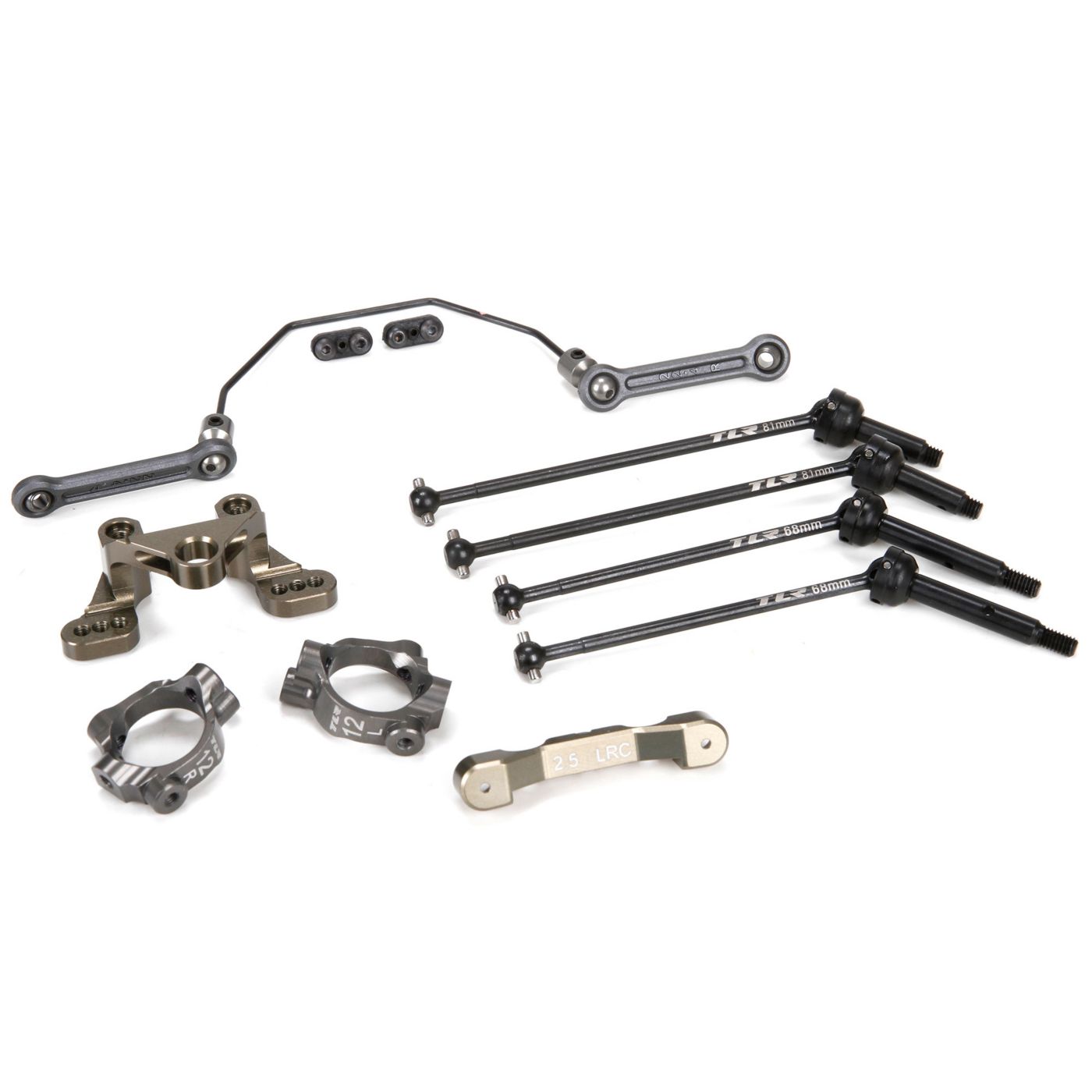
InsideLineRC: In addition to new components we’ve spoke about, the new 22-4 2.0 kit also includes a list of option parts that the team used quite often on the original 22-4. What other new parts are included, and what advantages do they have over the original 22-4 parts?
Frank: We sure have added a lot! The vertical mount rear camber block allows for finer roller center adjustments. A rear sway bar is really something the original 22-4 needed, but wasn’t included in the kit, so we’ve included the pink rear sway bar which is what we run a majority of the time. A lot of setups we have run include the 12.5 caster blocks, which increase entry steering, so we moved to these from the 15 degree block included in the 1.0. The CVA’s are also included front and rear, which provide a flatter car for more consistency and grip. Last, but not least, is the cab forward body, which increases grip and stability at high speeds.

(Photo courtesy of LiveRC.com)
InsideLineRC: From various events around the globe, team drivers such as Dustin Evans and Ryan Maifield have been seen running the 22-4 platform with shocks mounted to front of the rear tower, as opposed to the stock setup of behind the tower. Why is this, and is it achievable with the 22-4 2.0?
Frank: This is something that really came along from our UK team, Ellis Stafford and CJ Delves, and unfortunately, it was too late to incorporate directly into the 2.0 project. Luckily, it is a super easy mod. The only part modification needed is a sway bar mount hole on the opposite side of the arm, which is pretty easy to manage with a 2.45mm drill bit. The rest is just flipping the arms, flipping the shock mounts, and you need an ‘angled’ ball cup to help the camber link clear the shock better.
InsideLineRC: Overall what has been the biggest challenge in developing the 22-4 2.0, and what are you most proud of?
Frank: The biggest challenge without a doubt was the gear diffs. It was really our engineer Mike Mellin that got us where we needed to go with those for sure. With each new release, the goal is to make the new version easier to drive and faster. Once I know we’ve accomplished those goals, I am always proud of the new vehicle.
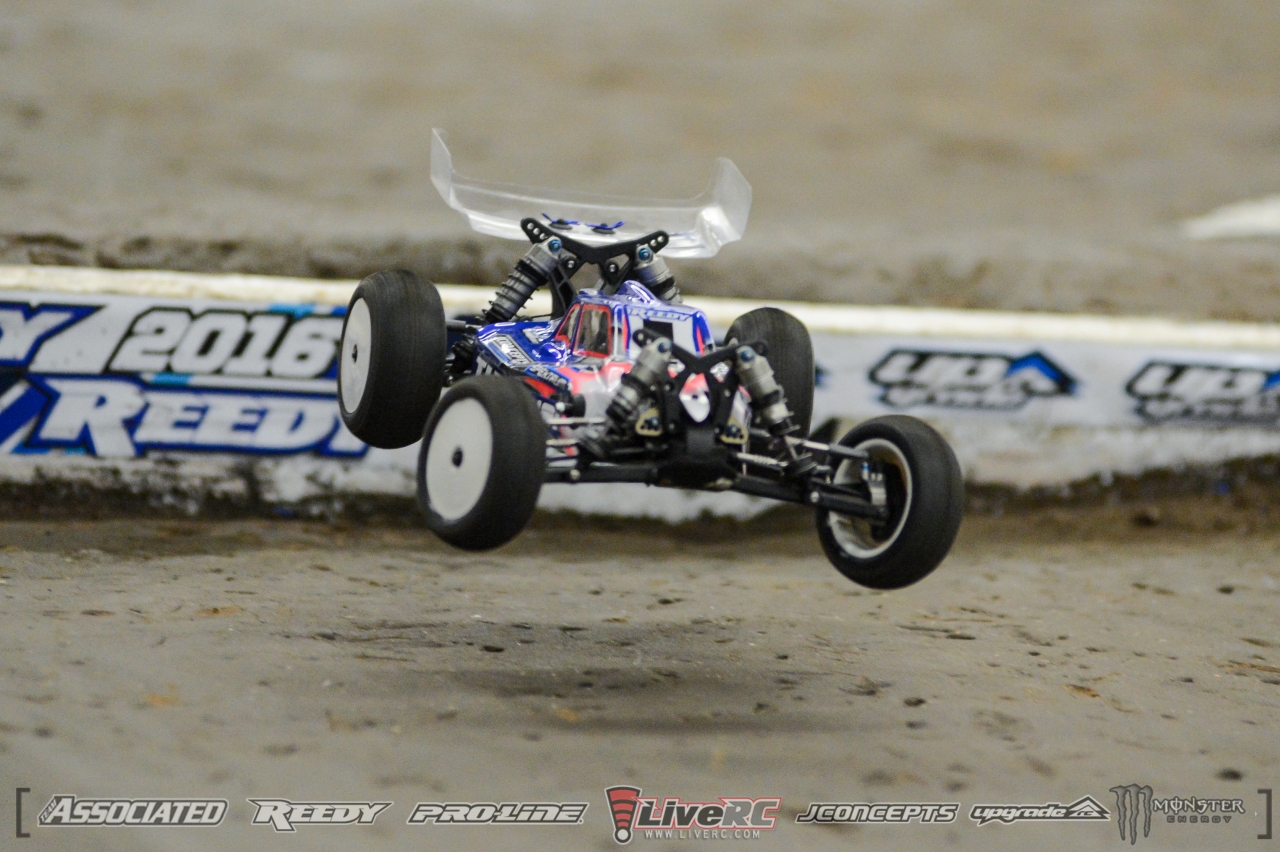
(Photo courtesy of LiveRC.com)
InsideLineRC: What races are you looking forward to the most for the 22-4 2.0 to display its capabilities against the competition?
Frank: Well… we actually ran what is basically the 2.0 at Reedy Race and Cactus this year, taking the win at both events by Dakotah Phend. I’ll definitely looking forward to the ROAR Nationals this year too, really the only HUGE electric race left this season.
InsideLineRC: Now that the 8IGHT, 8IGHT-T, 8IGHT-E, 22, & 22-4 have received their makeovers recently, what is next? Perhaps a new stadium truck, short course, or 4×4 short course?
Frank: And that’s the million dollar question isn’t it? [Laughs]
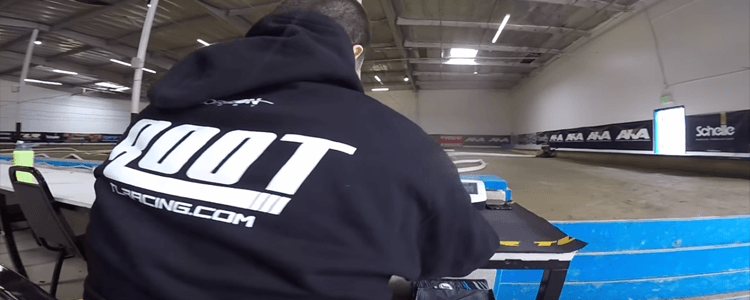
InsideLineRC: It looks like there is something in the works hiding on your desk over there…care to share peek or clue as to what it is?
Frank: It’s probably an R/C Car, in fact, you can quote me on it! :)
InsideLineRC: Well Frank, we know you are a busy guy, and we appreciate you taking the time to chat with us. The 22-4 2.0 looks to be a race winning buggy right out of the box, and we are anxious to see it in action. Is there anything you would like to add before we go?
Frank: I’d just like to thank our entire race team and consumer base, as well as Mike Mellin, Todd Hodge, Brian Nunez, Brian Kinney and the full team here at TLR headquarters for the great team effort on this new release. A big thank you to you for the chance to do this interview as well. See you all at the track!
